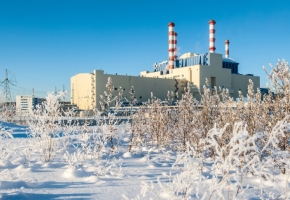This Material Could Squeeze More Energy from Solar Panels

Charles Chee Surya holds a perovskite-silicon tandem solar cell with the world's highest power conversion efficiency. Credit: K.Y. Cheng Getty Images
Research teams in Australia and China are inching closer toward a solar cell design that could revolutionize the industry. The key lies with perovskite, a crystalline structure first discovered in Russia in the mid-1800s. Engineers want to use the material to build cheaper and more efficient solar panels — potentially in tandem with silicon-based panels, which are popular and more durable.
Scientists say the key to advancements lies with improving energy conversion efficiency —the degree to which a panel converts energy from sunlight directly into electricity.
Silicon-based photovoltaic (PV) panels typically see efficiency rates of 16% to 18%, and the theoretical limit for silicon PV efficiency is 29%.
Studies suggest a perovskite solar panel could achieve efficiencies as high as 35%, while also reducing costs through cutting out some steps in the manufacturing process.
In a recent report on the future of solar PV, the International Renewable Energy Agency (IRENA) described perovskite as one of the most promising materials, a type of mineral very good at absorbing light and very easy to make in the lab.
Thus, Perovskite may be more efficient, and cheaper, than traditional silicon, but durability remains an issue.







